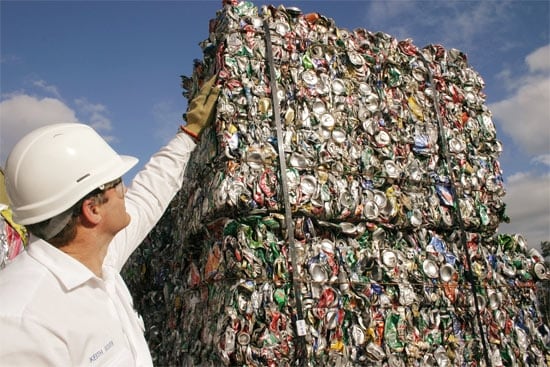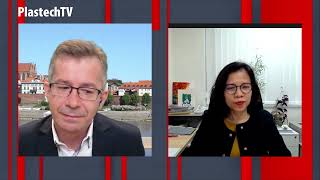There is a good reason for this. According to the European Organisation for Packaging and the Environment (EUROPEN), the value of the resources input into and held in food products is much higher than the value of the packaging that protects these products. Product losses resulting from inadequate packaging therefore account for more carbon dioxide emissions than are saved by eliminating surplus packaging. In developing countries, food losses are a big problem: According to EUROPEN, 40 percent of the goods in the supply chain are lost.

Better protection of products in these countries could therefore considerably ease the burden on the environment. At interpack, from 12-18 May 2011, the globally most important event in the packaging sector, food protection will also be one of the key themes. The special exhibition SAVE FOOD, organised together with the Food and Agriculture Organisation (FAO) of the United Nations, shows how the individual elements in the value chain can make a contribution, in terms of packaging, logistics and transport, to cutting worldwide food waste.
The packaging manufacturers have come up with many innovations to demonstrate that safety and ecology need not be mutually exclusive. The US company Sonoco, for example, will exhibit efficient packaging solutions in the form of its new True Blue Line at interpack 2011. According to company spokesman Jeff Schuetz, they are just as stable as their predecessors but contain less material or can be more easily recycled.
The industry is already making appreciative use of this range. The German food conglomerate Kraft Foods recently started to use Sonoco-designed containers made of recyclable cardboard instead of tins for its coffee brands Maxwell House, Nabob and Yuban. Another example is Unilever, which has redesigned the plastic bottles for its Suave brand haircare products with the help of Sonoco: the new containers require 16 percent less material, but thanks to their new curved form they are more stable than their predecessors.
The German plastics packaging industry association Industrievereinigung Kunststoffverpackungen (IK) views such innovations as a confirmation of its own position that plastic is eminently suitable for sustainable packaging. “It is very versatile,” declares Isabell Schmidt, IK expert on the environment and sustainable development. Plastic provides protection, is transparent, and thanks to the low weight of the packaging, it enables savings to be achieved in transport costs and carbon dioxide emissions. The sector intends to increase its sustainability performance still further. “Its aims include even lighter packaging and even more recycling,” says Schmidt.
Besides plastic, which is the most frequently used packaging material in the world, conventional materials such as paper, cardboard, glass and metal (e.g. aluminium) are also candidates for a sustainable packaging strategy, as each of them offers its own individual advantages.


